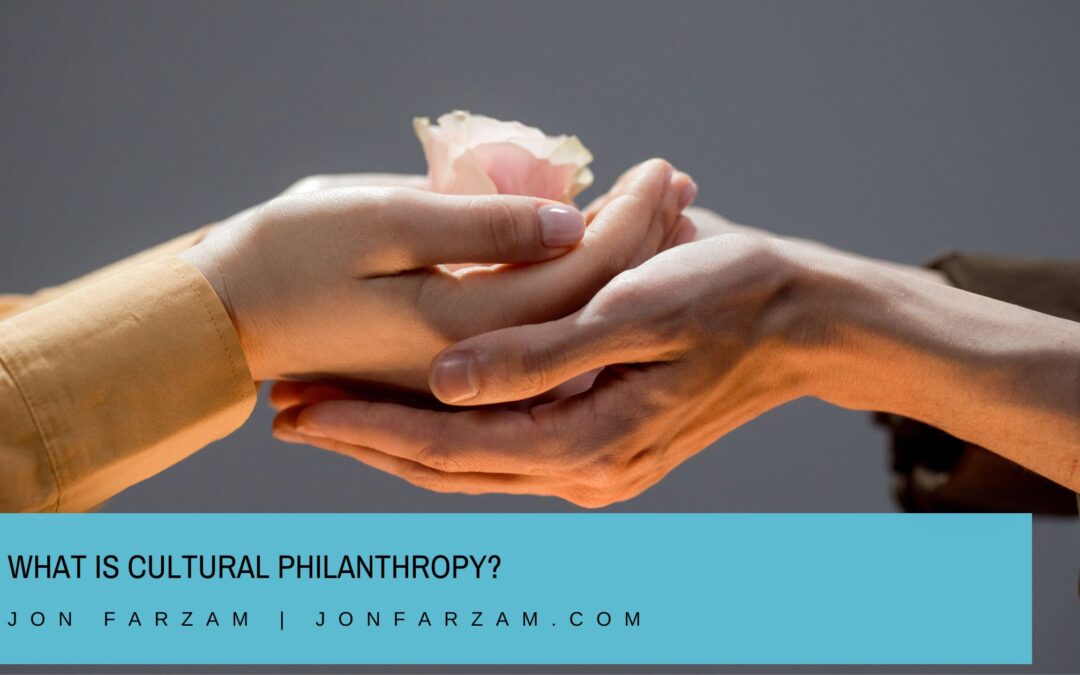In a world that is constantly evolving, the importance of preserving and promoting cultural heritage cannot be overstated. Cultural philanthropy emerges as a powerful force that seeks to safeguard and enhance the diverse tapestry of human expression, enriching societies with a profound sense of identity and connection.
Defining Cultural Philanthropy
Cultural philanthropy is a form of charitable giving that specifically focuses on the support and preservation of cultural institutions, artistic endeavors, and heritage. It encompasses a wide range of activities, from funding museums, galleries, and theaters to supporting artists, researchers, and educational programs that contribute to the enrichment of cultural experiences.
Unlike traditional philanthropy, which may address issues such as healthcare, education, or poverty alleviation, cultural philanthropy places emphasis on the intrinsic value of art, history, and cultural expression. It recognizes the vital role that these elements play in shaping the identity of communities and fostering a shared sense of belonging.
The Significance of Cultural Philanthropy
- Preservation of Cultural Heritage: Cultural philanthropy plays a pivotal role in preserving and protecting the tangible and intangible elements of a community’s heritage. This includes historical landmarks, artifacts, traditional crafts, languages, and rituals that might otherwise be at risk of fading away.
- Fostering Creativity and Innovation: Supporting the arts and cultural initiatives stimulates creativity and innovation. Cultural philanthropy provides a platform for artists, writers, musicians, and performers to explore new ideas, push boundaries, and contribute to the cultural landscape with fresh perspectives.
- Building Stronger Communities: Cultural philanthropy contributes to the development of vibrant and cohesive communities. Cultural activities and events provide opportunities for people to come together, fostering a sense of unity and shared identity. This communal spirit can strengthen social bonds and contribute to a more inclusive society.
- Educational Enrichment: Cultural philanthropy supports educational programs that expose individuals, especially the younger generation, to diverse cultural experiences. This exposure not only broadens perspectives but also nurtures an appreciation for the richness of global heritage.
- Economic Impact: Cultural philanthropy has a positive economic impact by contributing to the growth of the creative and cultural industries. Museums, theaters, and cultural events attract tourism, create jobs, and stimulate local economies. The arts are not only a source of cultural enrichment but also an engine for economic development.
Forms of Cultural Philanthropy
Cultural philanthropy takes various forms, and individuals and organizations can contribute in different ways:
- Financial Support: Donating funds to cultural institutions, museums, and artistic initiatives is a direct way to contribute to cultural philanthropy. These funds may be used for exhibitions, restoration projects, educational programs, or supporting individual artists.
- Artistic Patronage: Individuals or organizations may choose to directly support artists by becoming patrons. This involves providing financial support, studio space, or other resources to help artists focus on their creative endeavors.
- Supporting Cultural Events: Sponsoring or organizing cultural events, festivals, and exhibitions is a dynamic way to contribute to cultural philanthropy. These events not only showcase cultural richness but also create platforms for dialogue and interaction.
- Legacy Giving: Including cultural institutions in one’s estate planning is a form of cultural philanthropy. By leaving a bequest or endowment to a museum, library, or cultural organization, individuals ensure that their commitment to cultural enrichment endures beyond their lifetime.
Challenges and Opportunities in Cultural Philanthropy
While cultural philanthropy is a force for good, it faces its own set of challenges:
- Limited Funding: Cultural organizations often struggle with limited funding, making it challenging to undertake ambitious projects or maintain their facilities. Philanthropists can make a significant impact by addressing this financial gap.
- Accessibility: Ensuring that cultural experiences are accessible to a broad audience is a crucial consideration. Philanthropy can play a role in supporting initiatives that promote inclusivity and eliminate barriers to cultural engagement.
- Digital Transformation: The digital age presents both challenges and opportunities for cultural institutions. Philanthropy can support initiatives that leverage technology to enhance the accessibility and reach of cultural content.
Cultural philanthropy serves as a beacon, guiding individuals and organizations to invest in the soul of society. As we navigate the complexities of a rapidly changing world, the role of cultural philanthropy becomes even more crucial in ensuring that the richness of human expression continues to thrive for generations to come. Embracing and actively participating in cultural philanthropy is not just a gesture of goodwill; it is an investment in the enduring legacy of human creativity and identity.

